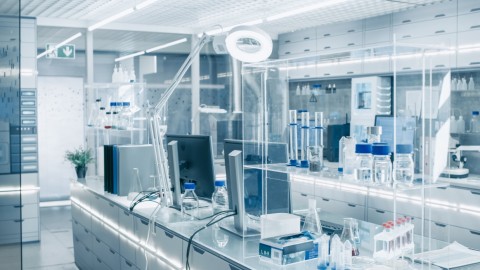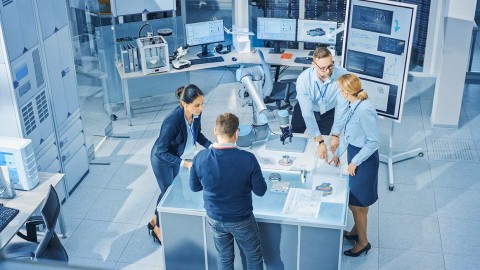Laboratory design and construction – tackling tomorrow’s challenges today
Mastering complexity – together with experienced lab experts
You may have experienced it yourself: when designing, building or modernizing a laboratory in the chemical, pharmaceutical or biotech industries, it often feels like you’re starting from scratch. Each time, you have to effectively integrate a wide range of requirements – from thoughtful room programming and equipment fit-out to health, safety, sustainability, environmental protection and cost efficiency.
Table of contents
- Mastering complexity – together with experienced lab experts
- 6 golden rules of laboratory design
- Legal compliance – stay on top with Infraserv
- esigning spaces and resources for future needs
- Health, safety, security and risk assessment
- Environmental protection and sustainability from the design phase on
Questions to ask yourself before designing a laboratory
- What solution is the perfect fit for my needs?
- What regulatory requirements apply to my lab operations?
- What do I have to do to remain competitive in the long term?
- How can I create an ideal work environment for my lab team?
- How can I prepare my lab for digital transformation?






